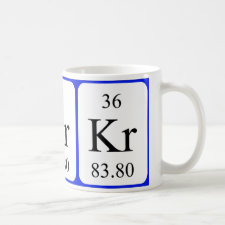
Authors: Sun LX, Lin DH, Lin GW, Wang L, Lin Z
Article Title: Click synthesis of boronic acid-functionalized molecularly imprinted silica nanoparticles with polydopamine coating for enrichment of trace glycoproteins.
Publication date: 2015
Journal: Analytical Methods
Volume: 7
Issue: (23)
Page numbers: 10026-10031.
DOI: 10.1039/C5AY02131F
Abstract: A facile strategy based on the synergistic effect of molecular imprinting and boronate affinity was proposed for glycoprotein imprinting. Polydopamine (PDA)-coated boronic acid-functionalized molecularly imprinted silica nanoparticles (MIPs) were prepared by the "thiol-ene" click reaction using SiO2 as the core, 3-acrylamidophenyl boronic acid (AAPBA) as the functional monomer, and horseradish peroxidase (HRP) as the glycoprotein template. A well defined core-shell structure of MIPs was obtained after self-polymerization of dopamine (DA) on the surface of HRP-immobilized silica nanoparticles (NPs). The polymerization conditions and adsorption behavior were investigated in detail in order to obtain the highest selectivity and binding capacity. Under the optimized conditions, the HRP-MIPs showed higher binding affinity towards HRP than non-imprinted nanoparticles (NIPs), and the corresponding adsorption capacity (Q) and imprinted factor (α) reached 0.58 μmol g-1 and 2.6, respectively. The specificity for HRP recognition was evaluated with a competitive experiment, and the results indicated that the HRP-MIPs had higher selectivity for the template. The good features of the HRP-MIPs facilitated selective isolation and enrichment of trace HRP from human serum. In addition, the stability and regeneration were also investigated, which indicated that the HRP-MIPs had excellent reusability
Template and target information: glycoprotein, protein, horseradish peroxidase, HRP



Join the Society for Molecular Imprinting

New items RSS feed
Sign-up for e-mail updates:
Choose between receiving an occasional newsletter or more frequent e-mail alerts.
Click here to go to the sign-up page.
Is your name elemental or peptidic? Enter your name and find out by clicking either of the buttons below!
Other products you may like:
 MIPdatabase
MIPdatabase









